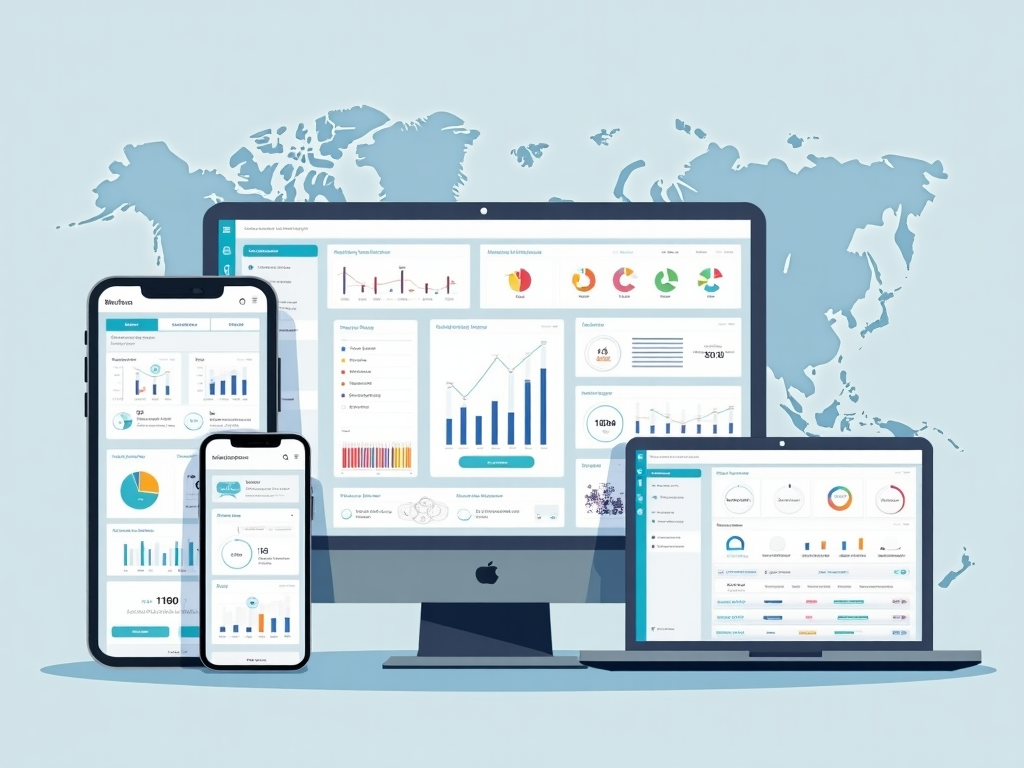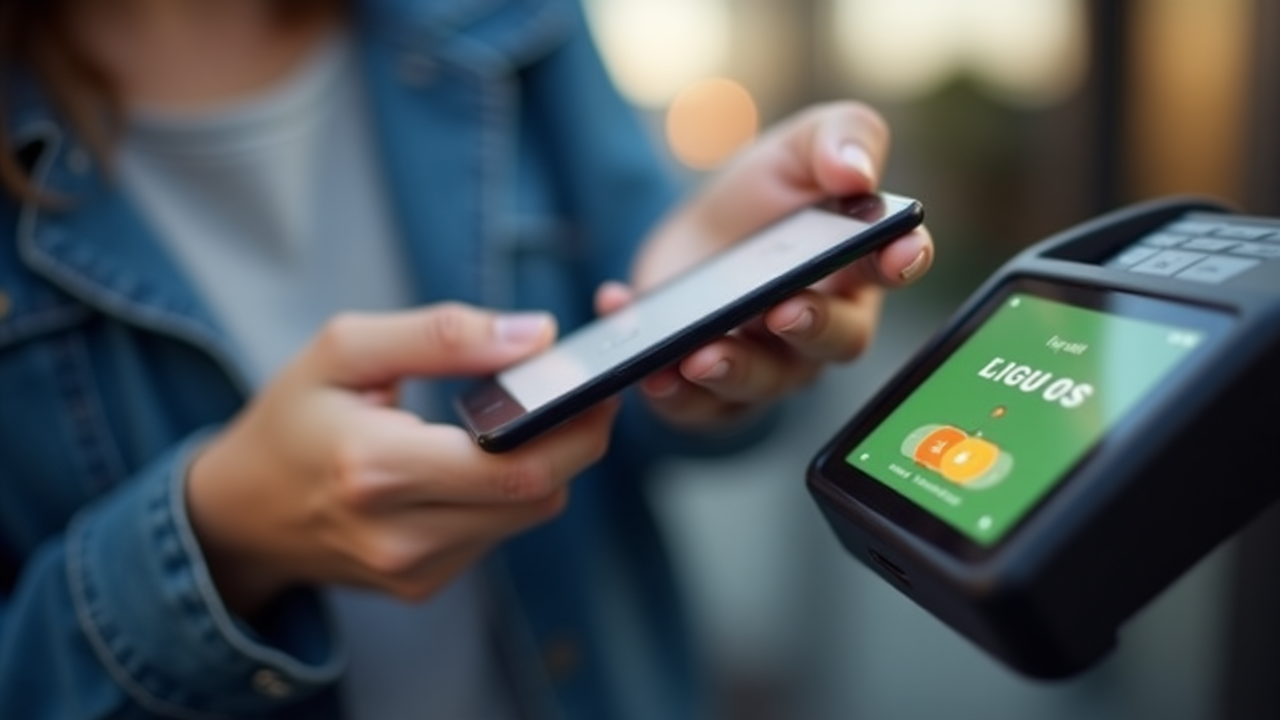Understanding the fundamental concepts of financial technology
Financial Technology, commonly known as FinTech, refers to technological innovations aimed at competing with traditional financial methods in the delivery of financial services. FinTech encompasses a broad spectrum of applications, from mobile banking and investment services to cryptocurrency and blockchain technology.
The field is characterized by its use of technology to enhance financial activities, making them more accessible, efficient, and often less costly than traditional financial services. FinTech innovations have transformed how individuals and businesses conduct financial transactions, manage assets, and access capital.

Financial services have undergone a remarkable transformation over the past few decades. What began with basic ATMs and electronic fund transfers has evolved into sophisticated digital ecosystems that allow for instantaneous, global financial operations.
The timeline of financial technology development includes:
Digital payment systems facilitate the electronic transfer of value between parties. Unlike cash transactions, digital payments create data trails that can be tracked, analyzed, and secured through various technological means.
The fundamental components of a digital payment system include:

Mobile wallets store payment card information securely on smartphones, allowing users to make contactless payments without physical cards. Popular examples include Apple Pay, Google Pay, and Samsung Pay, which use near-field communication (NFC) technology to communicate with payment terminals.
In South Africa, mobile wallets have seen significant adoption, with services like SnapScan and Zapper gaining popularity for retail payments.
QR code-based payment systems have become increasingly prevalent due to their simplicity and low infrastructure requirements. Users simply scan a merchant's QR code with their smartphone camera to initiate a payment.
This technology has been particularly successful in reaching small merchants and informal businesses that previously operated on cash-only models.
Real-time payment systems allow for the immediate transfer of funds between accounts, eliminating the traditional delays associated with bank transfers. These systems operate 24/7, including weekends and holidays.
South Africa's implementation of real-time clearing (RTC) has significantly improved the speed of interbank transfers, benefiting both businesses and consumers.
Security measures in digital payments have evolved to include tokenization (replacing sensitive data with non-sensitive equivalents), end-to-end encryption, and advanced fraud detection algorithms.
Biometric authentication methods, such as fingerprint recognition and facial scanning, add additional layers of security to mobile payment systems.
Blockchain is a distributed ledger technology that maintains a continuously growing list of records, called blocks, which are linked and secured using cryptography. Each block typically contains a timestamp, transaction data, and a reference to the previous block, forming a chain.
The key characteristics that define blockchain technology include:
Self-executing contracts with the terms directly written into code. They automatically enforce and execute agreements when predetermined conditions are met, eliminating the need for intermediaries in many business processes.
Blockchain provides transparent tracking of goods from origin to consumer, verifying authenticity and ethical sourcing. In South Africa, this has applications in the diamond industry and agricultural exports.
Secure, self-sovereign digital identity systems allow individuals to control their personal information while providing verifiable credentials to service providers when needed.
Blockchain can create immutable records of land ownership, reducing fraud and disputes. This is particularly valuable in regions with incomplete or unreliable property registries.
Secure, transparent voting platforms that maintain voter privacy while ensuring vote integrity and preventing double-voting or manipulation.
Patient-controlled medical records that can be securely shared with healthcare providers, ensuring data privacy while improving coordination of care.
Financial inclusion refers to efforts to make financial products and services accessible and affordable to all individuals and businesses, regardless of their personal net worth or company size. Technology has become a powerful enabler of financial inclusion, particularly in regions with limited traditional banking infrastructure.
In South Africa, where approximately 23% of adults remain unbanked or underbanked, financial technology offers promising solutions to bridge this gap and bring more people into the formal financial system.

Mobile banking has transformed access to financial services, particularly in rural areas. With basic feature phones, individuals can now perform transactions, check balances, and even access microloans without traveling to physical bank branches.
Mobile money services have created financial ecosystems that allow users to store value, transfer money, pay bills, and receive payments through their mobile devices, dramatically reducing the costs and barriers to financial participation.

Lack of formal identification has traditionally been a significant barrier to opening bank accounts. Digital identity solutions, sometimes powered by blockchain technology, are creating secure, verifiable identity systems that can satisfy Know Your Customer (KYC) requirements.
These technologies enable remote account opening and customer verification, eliminating the need for physical documentation and in-person visits to financial institutions.

Traditional credit scoring methods rely on credit history, which many individuals lack. Innovative FinTech companies are developing alternative credit scoring models that use non-traditional data sources such as mobile phone usage, utility payments, and even social media activity to assess creditworthiness.
These models are enabling lenders to extend credit to previously excluded populations, supporting entrepreneurship and economic development in underserved communities.

Digital platforms are revolutionizing microfinance by reducing operational costs and expanding reach. Automated loan processing, digital disbursements, and electronic repayments streamline the lending process.
These efficiencies allow for smaller loan amounts to be economically viable, serving segments of the population that traditional banks often consider unprofitable.
Essential terminology for understanding financial technology
A set of protocols and tools that allow different software applications to communicate with each other. In FinTech, APIs enable different financial systems to integrate and share data securely.
The use of unique physical characteristics (fingerprints, facial recognition, voice patterns) to verify identity for security purposes in financial transactions.
A software-based system that securely stores payment information and passwords for multiple payment methods, allowing users to make electronic transactions.
A consensus of replicated, shared, and synchronized digital data geographically spread across multiple sites, countries, or institutions, with no central administrator.
The process of verifying the identity of clients and assessing potential risks of illegal intentions in business relationships, a critical regulatory requirement in financial services.
A practice that allows third-party financial service providers to access consumer banking data (with permission) through APIs, enabling the development of new financial products and services.
Electronic money transfers made from one person to another through an intermediary, typically a mobile application or website.
Regulatory technology that uses information technology to enhance regulatory processes, helping financial institutions comply with regulations efficiently and cost-effectively.
Self-executing contracts with the terms directly written into code. The code and the agreements contained within exist across a distributed, decentralized blockchain network.
The process of replacing sensitive data with unique identification symbols that retain all the essential information without compromising security, commonly used in payment processing.
Enhancing your understanding of financial technology requires reliable information sources. Below are recommended resources for further education on FinTech topics: